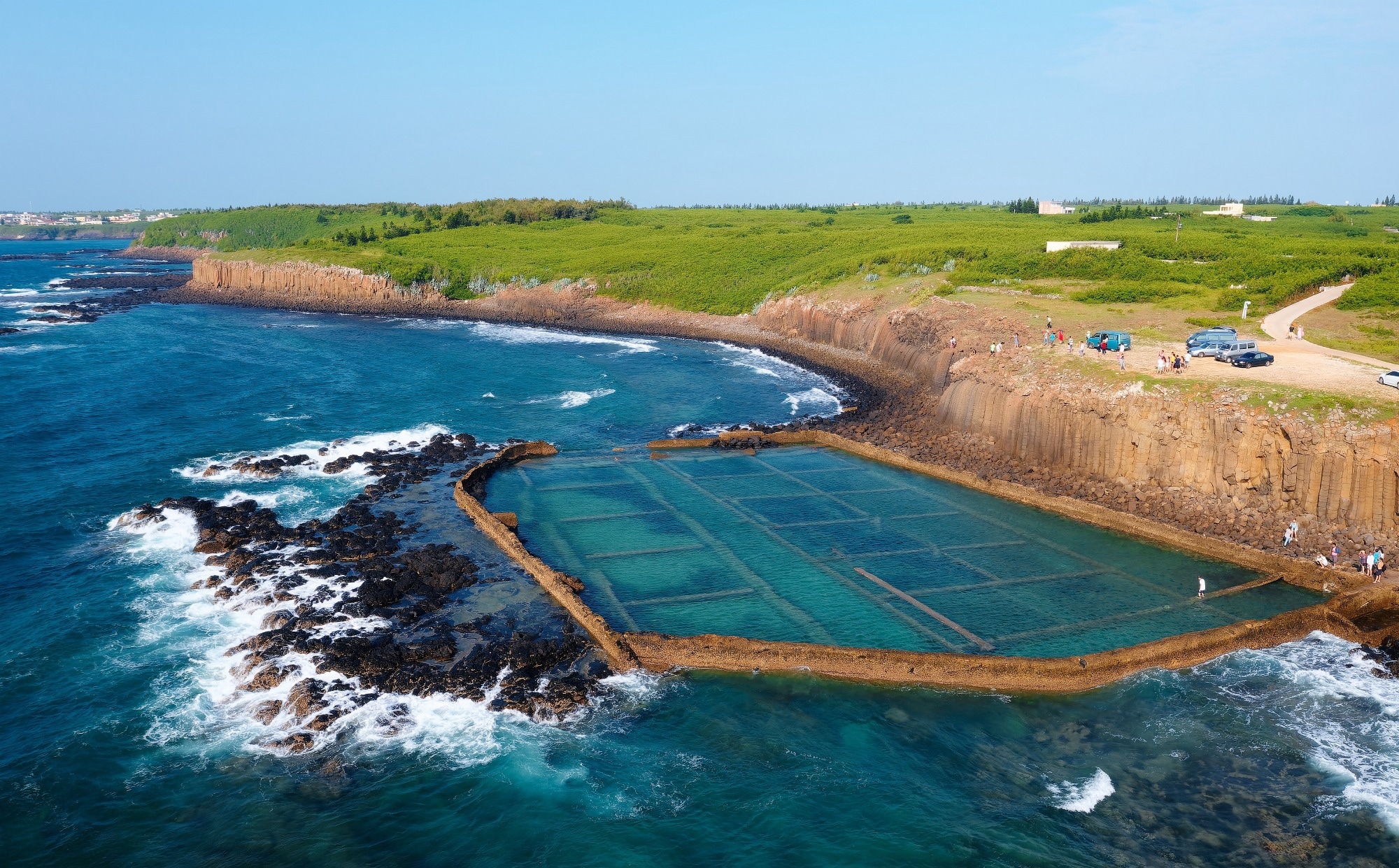New technology and artificial intelligence (AI) algorithms are being used to boost marine ranch efficiency, sustainability, and disaster resilience. In a recent paper published in the journal Energies, researchers introduced a deep reinforcement learning (RL) method for decision-making. It creates an environmental model, selects RL algorithms, and tests them with simulated disasters.
 Study: Boosting Marine Ranching with AI: Reinforcement Learning for Risk Management. Image credit: CHEN MIN CHUN/Shutterstock
Study: Boosting Marine Ranching with AI: Reinforcement Learning for Risk Management. Image credit: CHEN MIN CHUN/Shutterstock
Background
China's extensive coastline, islands, and territorial waters offer fertile ground for marine resources. Traditional aquaculture methods are giving way to eco-friendly marine ranches to ensure sustainable marine fisheries. Although China's marine ranching sector is catching up globally, it faces oceanic risks and hazards due to its ever-changing environment. Coastal and marine disasters, such as storm surges and ecological crises, inflict significant economic losses.
RL for aquafarm environments
The current study proposes using AI-driven RL (RL) to enhance risk management in marine ranching. Agents harness RL to maximize rewards amid interactions with intricate and uncertain environments. Agents provide the environment with their current state output as an action, receiving a status referred to as a state. The environment response signal called a reward, decides whether the agent gains a reward following a specific strategy in a step. Within RL, choosing between a real environment or a model hinges on factors such as complexity, cost, data availability, and model accuracy. Models might replace expensive or perilous real environments, yet they can lack accuracy and generalize poorly. On the other hand, real environments offer precise feedback but need more data and pose safety concerns.
The current study designs an aquafarm environment with a grid world encompassing rocks, squad agent locations, devices, and moving disasters. Disaster information classes define hazards. Designing termination conditions ensures an accurate simulation of real-world scenarios. The agent's actions are the directions of movement for the squad agent. Markov Decision Processes (MDP) models, vital for decision-making in diverse domains, require constructing the state, action, and reward spaces, along with transition functions and policies. In aquafarm risk scenarios, partial observation occurs naturally.
The Partially Observable Markov Decision Processes (POMDP) framework accommodates partial observability and uncertainty. The construction of state and observation spaces depends on the agent's position, device state, and actions. Rewards in the aquafarm scenario vary, including penalties, equipment rewards, disaster-affected area consequences, and more. Episodes conclude under various conditions, signaling the end of an episode or truncation.
Navigating dynamic aquafarm environments with RL
In the context of the aquafarm domain, a new RL challenge emerges, where a dynamic grid-world environment requires a squad agent to retrieve equipment efficiently. The agent aims to maximize cumulative rewards while adhering to environmental rules. Notably, the aquafarm issue introduces complexity through potential disasters. Challenges include penalties from crashes, equipment health variations, and disaster-related negative rewards.
The current study elucidates agent construction methods, encompassing single or multi-intelligent agents based on device specifics. Non-intelligent devices involve near-shore rescue squads, while intelligent devices become agents themselves. The multi-agent RL system facilitates coordination. Balancing exploration and exploitation is crucial, achieved through strategies such as epsilon-greedy and Boltzmann exploration. Intrinsic Curiosity Models encourage exploration through intrinsic rewards. Policy formulation is integral; policies map states to action probabilities in MDPs. Optimal policies maximize discounted rewards, shaping agent behavior. Value-based algorithms, including Q-learning, state-action-reward-state-action (SARSA), deep Q-network (DQN), and DQN with long short-term memory (LSTM), are compared in experiments. LSTM enhances DQN with long-term dependency capture for time-series data, such as the aquafarm scenario.
Advancing aquafarm management
The Aquafarm Model, driven by RL, enhances decision-making and efficiency during aquaculture disaster scenarios, offering a secure, cost-effective, and scalable platform for testing response strategies. By simulating various disasters and assessing response efficacy, the model empowers aquafarm operators and response agencies to refine strategies without real-world risks. The proposed model, abstracting the sea environment into a grid, transforms into an interactive arena for assessing key component values. The model proves its capacity to simulate catastrophe distribution and movement, demonstrating RL's potential in training agents within a grid-based aquafarming environment. Evaluating three RL algorithms (Q-learning, SARSA, and DQN) and a baseline, the study offers insights into their performance, aiding algorithm selection in diverse contexts.
Conclusion
In summary, the current study underscores the promise of deep RL in marine ranching, especially concerning risk and disaster response. Two key aspects were explored: the utilization of RL theory and Markov correlation principles to define pivotal decision-making elements in marine ranching and the creation of intelligent decision-making systems based on ocean ranch equipment characteristics. The Aquafarm model, simulating the ocean ranch area, laid the groundwork for RL in this context. Despite the optimistic outlook, practical application necessitates addressing technical and economic challenges to ensure stability, efficiency, safety, and feasibility. Future work could enhance the approach by integrating advanced algorithms and models, diverse data sources, and sensors while considering the social and economic impacts of AI-driven marine ranching.